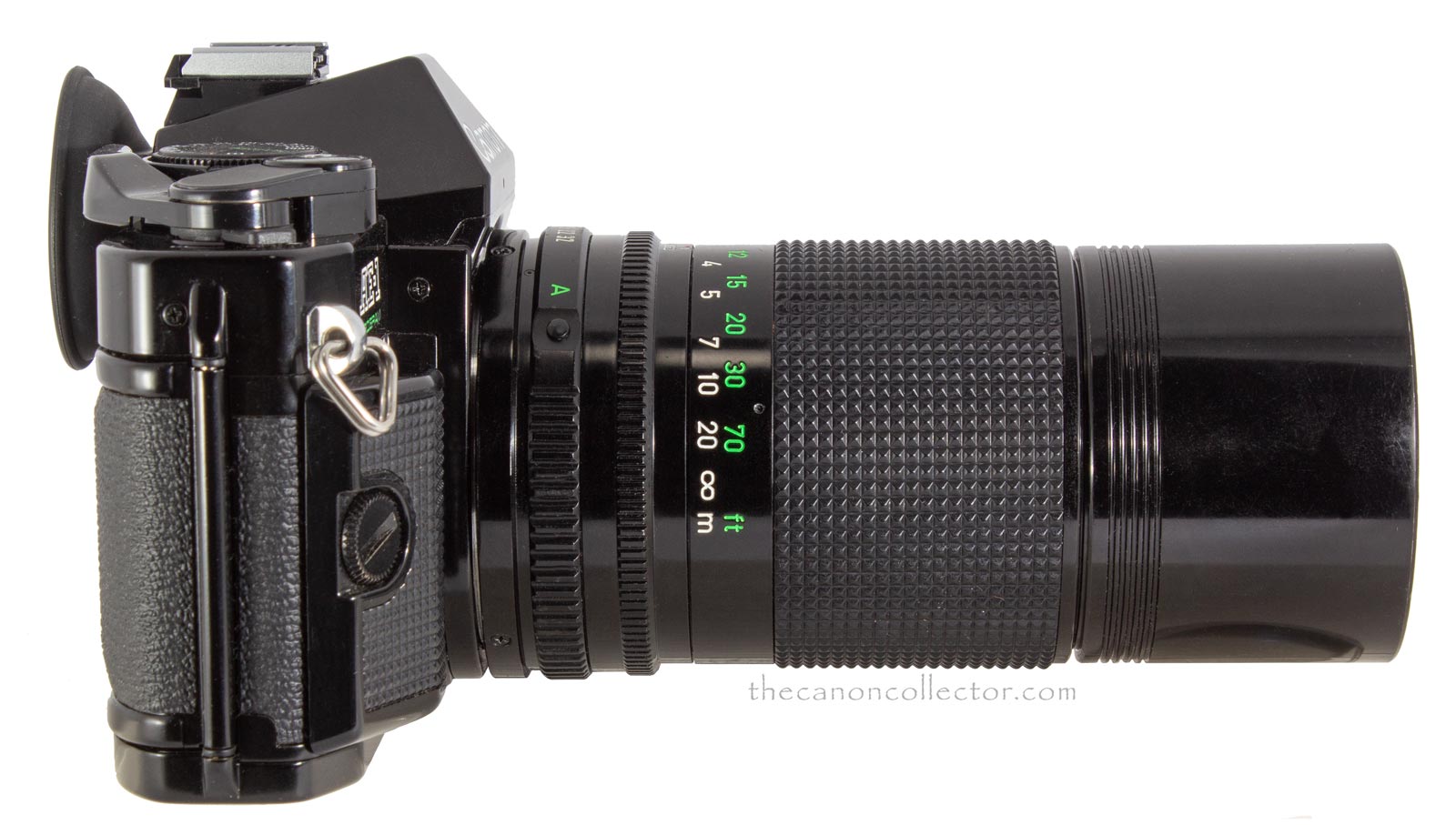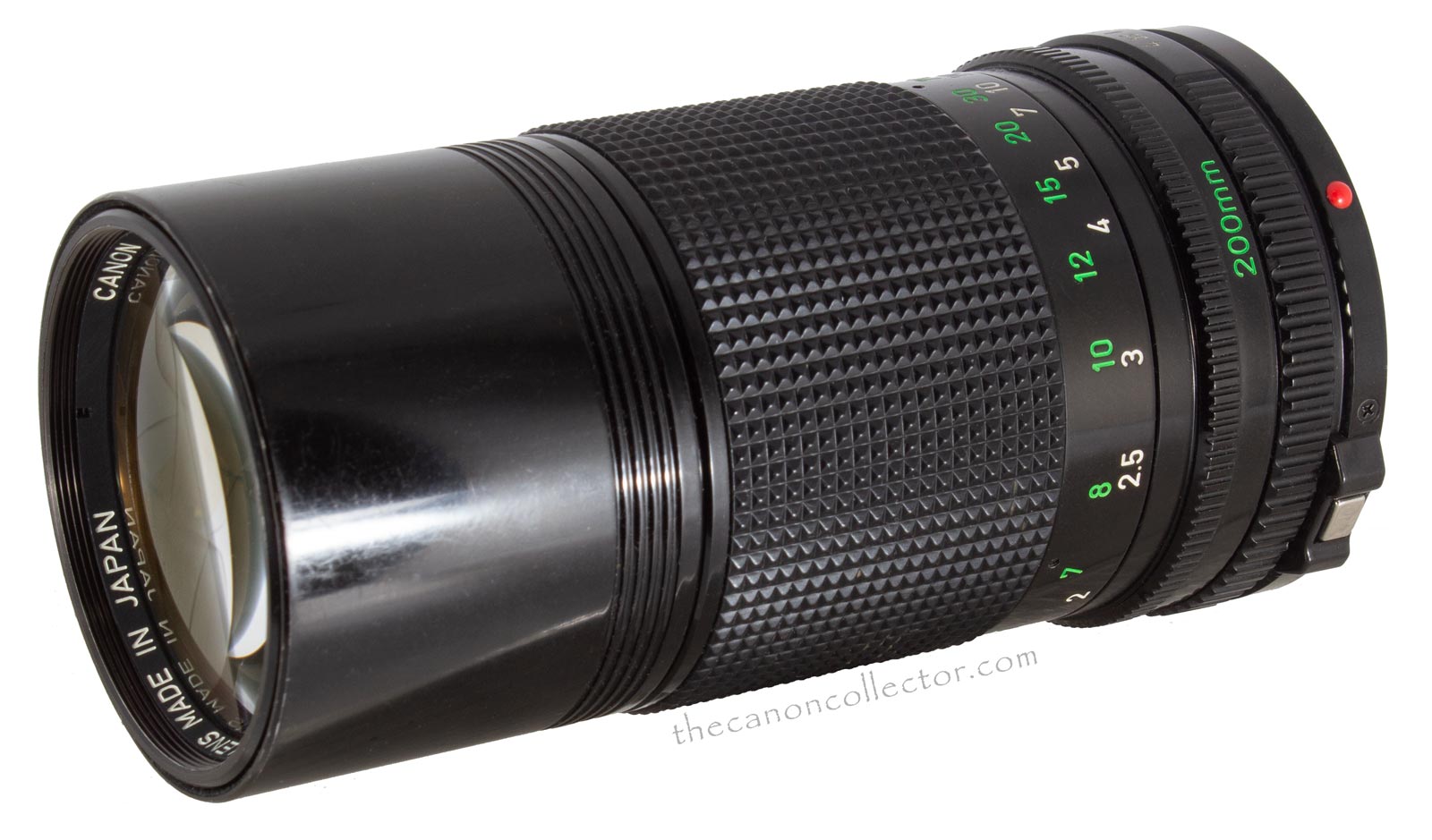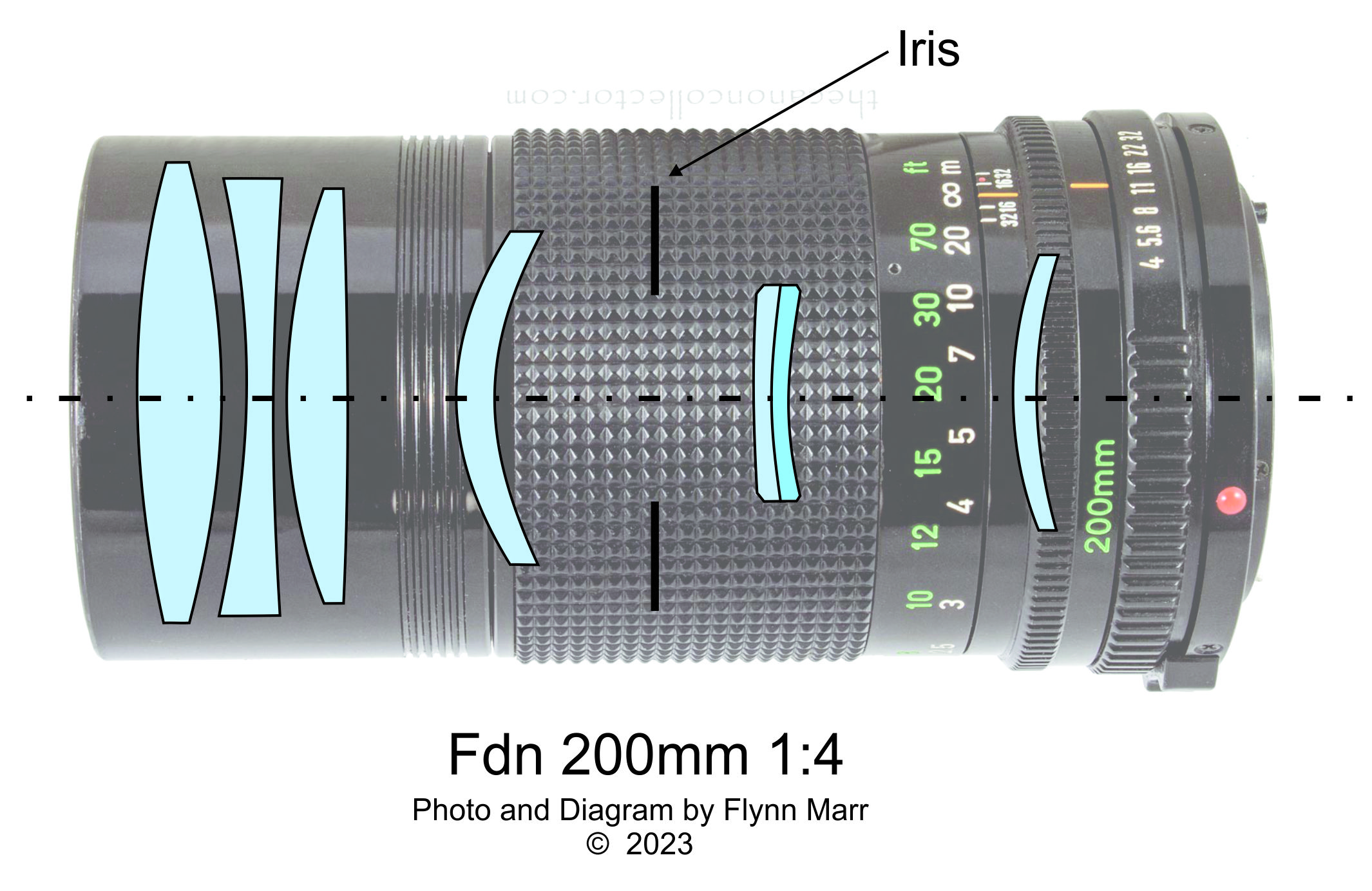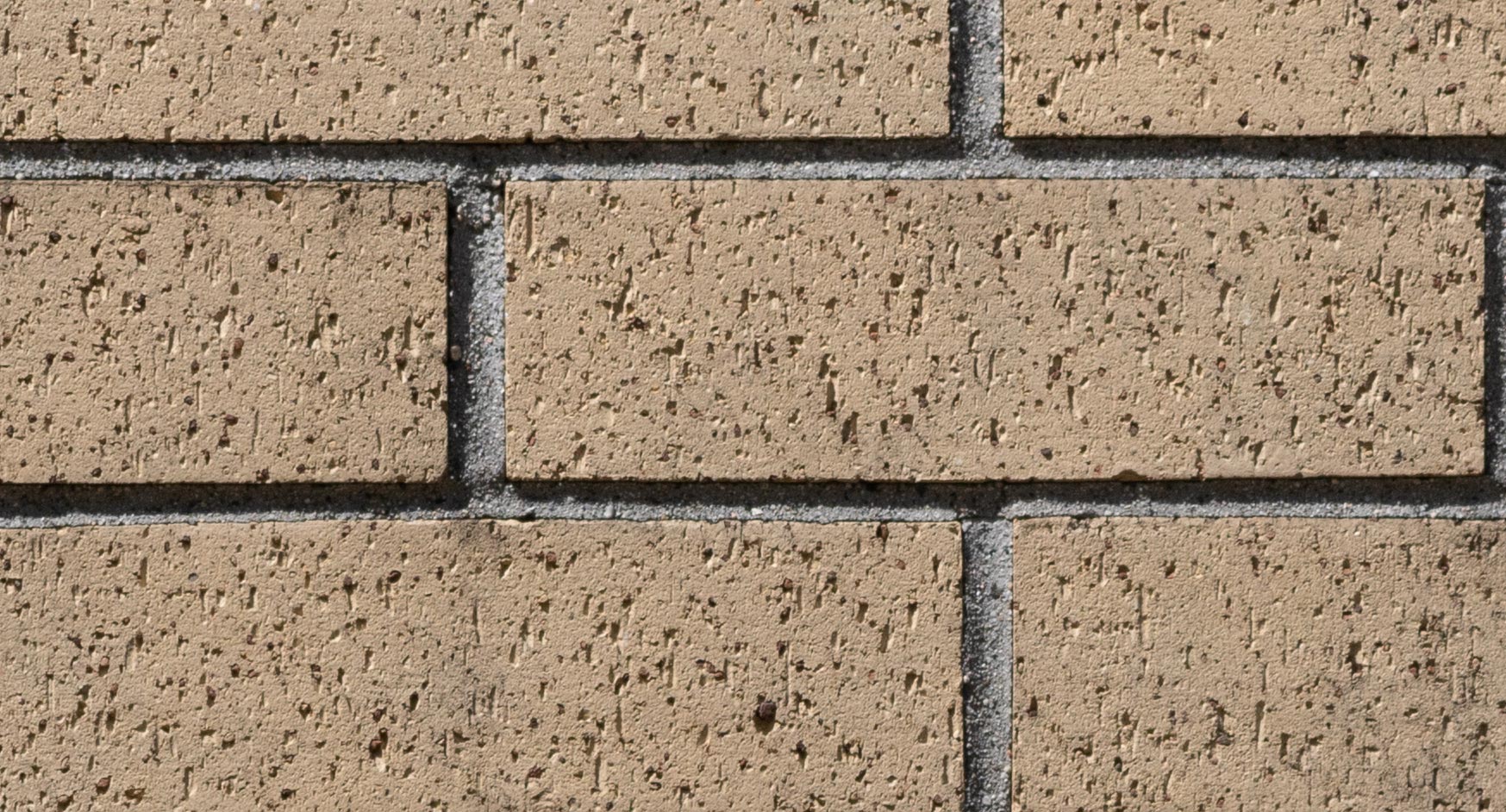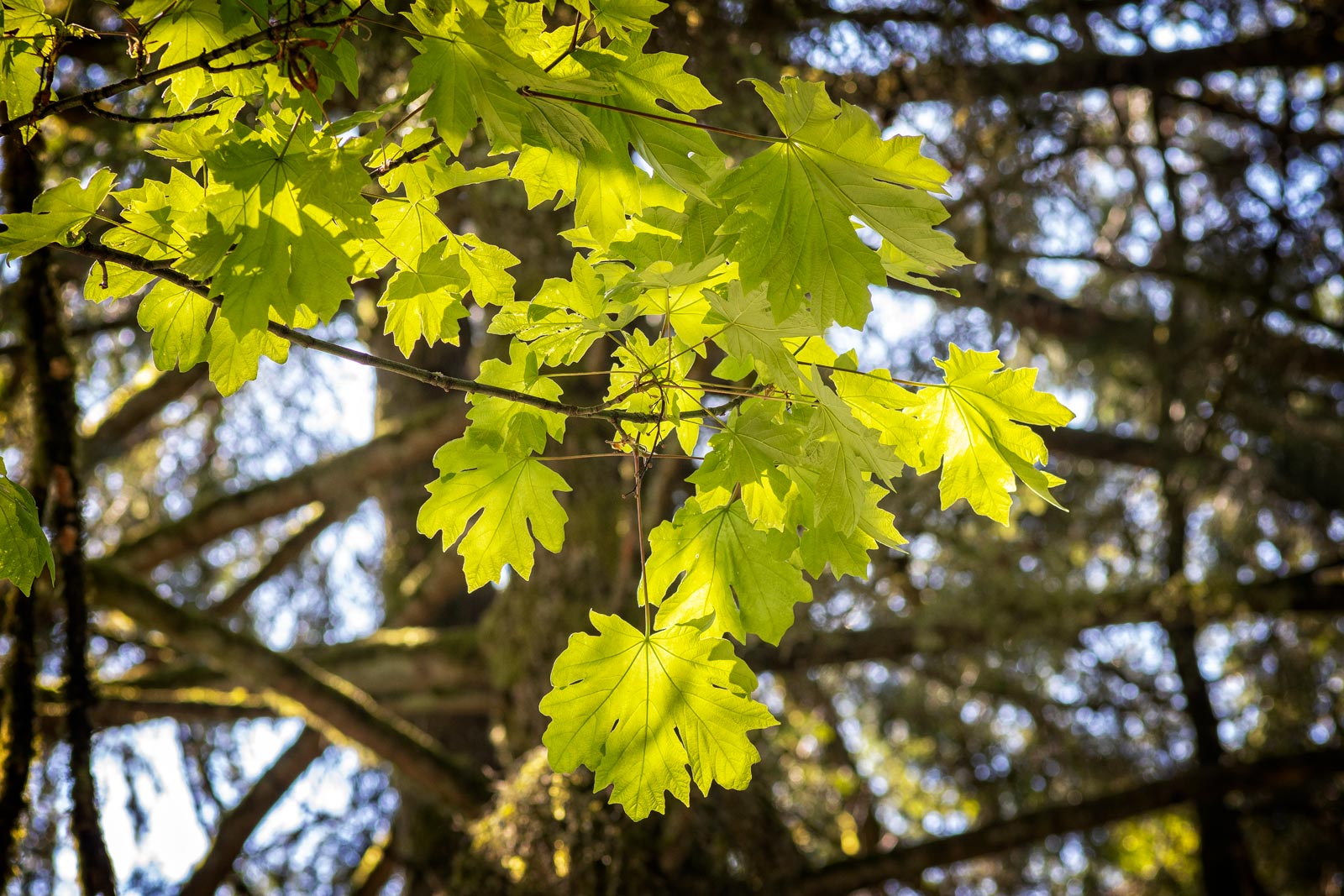with my 200mm f/4.0 telephoto lens.
The lens is light, compact and has a built-in
lens hood. Of course no auto-focus or image stabilization.
FDn 200mm f4.0
“Over the years Canon made many 200mm lenses. It was a bit long for rangefinder cameras but once the SLR become available this and longer
lenses became much easier to use.
The list of 20mm lenses from the “S” series through to the “EF” lenses, prime lenses only, is 17 lenses long if we go by the Canon Online Museum.
Canon 200mm Prime Lenses
| No. | Lens | Intro Date | Groups | Elements | Mount |
| 1. | M 200mm f/3.5 | March 1957 | 5 | 7 | M-39* |
| 2. | 200mm f/3.5 | July 1957 | 5 | 7 | M-39** |
| 3. | R 200mm f/3.5 | May 1959 | 5 | 7 | R |
| 4. | FL 200mm f/3.5 (I) | March 1964 | 5 | 7 | FL |
| 5. | FL 200mm f/3.5 (II) | May 1966 | 5 | 7 | FL |
| 6. | FL 200mm f/4.5 | September 1966 | 4 | 5 | FL |
| 7. | FD 200mm f/4 | March 1971 | 5 | 6 | FD |
| 8. | FD 200mm f/4 S.S.C. | March 1973 | 5 | 6 | FD |
| 9. | FD 200mm f/2.8 S.S.C. | March 1975 | 5 | 5 | FD |
| 10. | FDn 200mm f/4 | June 1979 | 6 | 7 | FD |
| 11. | FDn 200mm f/2.8 | June 1979 | 5 | 5 | FD |
| 12. | FDn 200mm f/4 Macro | April 1981 | 6 | 9 | FD |
| 13. | FDn 200mm f/1.8 L | November 1989 | 9 | 11 | FD |
| 14. | EF 200mm f/1.8 L USM | November 1988 | 10 | 12 | EF |
| 15. | EF 200mm f/2.8 L USM | December 1991 | 7 | 9 | EF |
| 16. | EF 200mm f/2.8 L II USM | March 1996 | 7 | 9 | EF |
| 17. | EF 200mm f/2 L IS USM | April 2008 | 12 | 17 | EF |
* Screw Mount for Mirror Box 1. In 1961 intro with bayonet mount for Mirror Box 2.
** M-39 screw mount but meant for the Tele-Coupler R for mounting on the Canonflex
We have a Newsletter
There is a Newsletter for thecanoncollector.com to keep you up to date on what we are posting. Try it!
At the end of the 1950’s, as rangefinders began giving away to the Canonflex and later SLR’s, the Canon 200mm prime lenses made their debut but my research so far is confusing to me. As I don’t have many of these really really lenses it is hard to understand the sources. 200mm lenses were not really made for the rangefinders. They appear with the mirrorbox 1 and Mirrorbox 2 and seem to have been marked as “M” lenses. Then there is the 200mm lens made for the Tele-coupler R and the Canonflex but that lens is not marked as an “R” lens. As I learn more I will come back to this subject. Things become clearer with the Canonflex and later cameras.
However, we are way off topic here. We want to talk about the 10th lens in the list, the FDn 200mm f4.0 lens introduced in June of 1979.
This is my FDn 200mm f/4 lens, Ser. No. 13852, on my
black AE-1 Program camera. Together they are very handsome
This is a nice little lens. Introduced in June of 1979 it was contemporaneous with the AV-1 which came in the middle of the “A” Series cameras. It has 7 elements in 6 groups. The Iris has 6 blades and will close down to f/32. The filter thread is 52mm so filters are easy and cheap to come by. It weighs only 440 grams which is just under a pound.
This is a very light little lens. The finish is Canon’s black lacquer finish which is extremely attractive. There is a collapsible lens hood around the front of the lens barrel whic will extend out an inch which will both shade the lens to reduce flare and protect it from careless fingers.
This lens is also described in the online Canon Museum.
The textured focus ring
is wide and easy to grip. In front of it is
the collapsible lens hood which is deep enough
to protect the front element of the lens. It is shown in the retracted position in this image.
So how does it shoot?
To really see how the Canon FDn 200mm f4.0 lens performed I put it on my Canon R and went for a walk. The very first thing that I noticed was how nice and light this lens was and how easily the camera came up to my eye with it. Focusing is totally internal so the lens does not extend as you focus closer nor does the lens barrel rotate. And it was very creamy smooth. This is a very enjoyable lens to work with.
As for performance, let’s start with the ‘Brick Wall’ test. This does not tell us much about how pleasing images will be but it sure gets down to technical performance.
This is the full frame image wide open at f/4. There is a slight pin cushion effect but no discernable vignetting.
Look at this. This is the center of the image at 100%. Really sharp! This lens delivers a great image center wide open, good contrast, no distortion.
This is the full frame image at f/8. There is still a slight pin cushion effect but no discernable vignetting.
This is the center of the image at 100%. As expected, even sharper than f/4. This is actually an amazing lens when you consider its age.
So, it appears we have a lens that is pleasant to use, pretty to look at, and it throws a detailed image. Oh, and these can be had at a camera show for $30.00 or $40.00. I have trouble thinking of what else you could want. However, what kind of picture can you create with it. Well, I took some regular pictures on my walk with my lens. Let’s look at a couple of those.
This lens is capable of beautiful images. You can tell from my comments that I really like it. Looking at these pictures, remember that they are all taken hand held without image stabilization. Even so, the images are wonderful. This 200mm lens generally receives good reviews on the internet but I think it is better than people realize.
This website is the work of R. Flynn Marr who is solely responsible for its contents which are subject to his claim of copyright. User Manuals, Brochures and Advertising Materials of Canon and other manufacturers available on this site are subject to the copyright claims and are the property of Canon and other manufacturers and they are offered here for personal use only.


